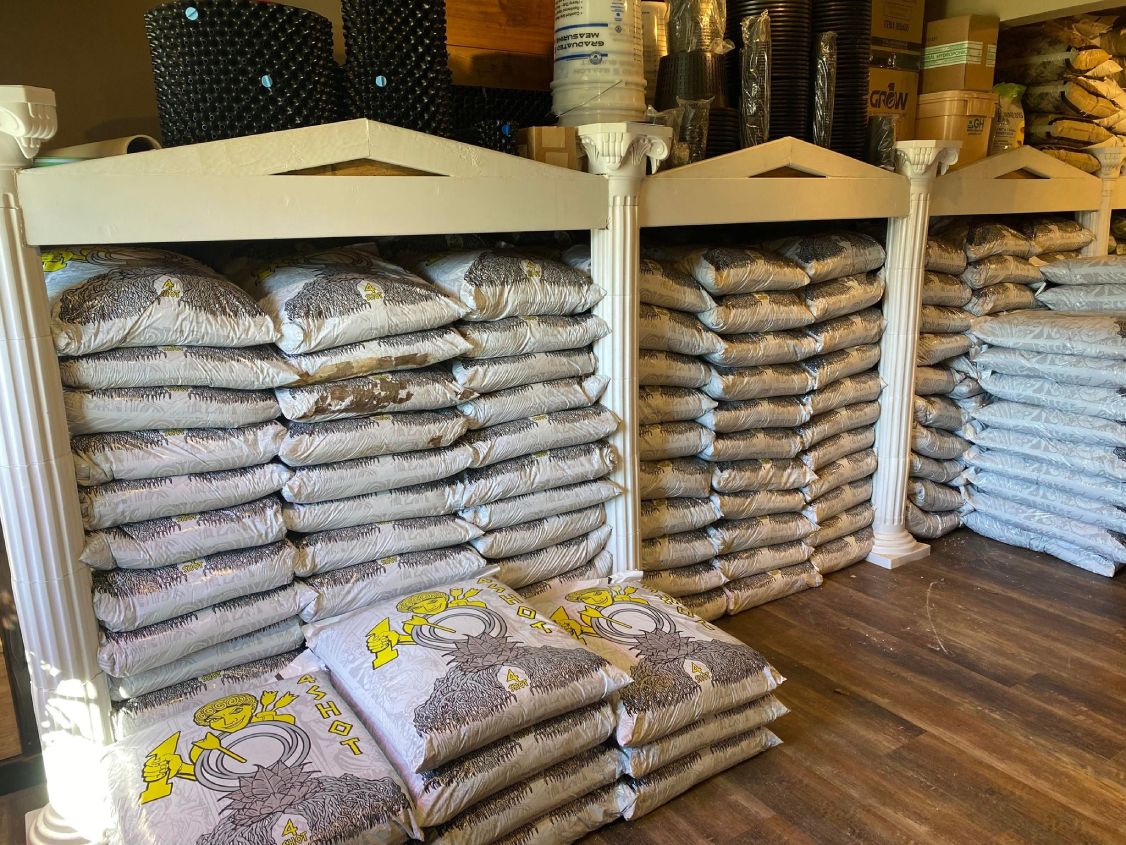Change Your Growing Experience with The Indoor Earthworm's Technology
Wiki Article
Unlocking the Possible of Hydroponics: Recognizing Its Uses and Different Kinds
Hydroponics, a method of cultivating plants without soil, has actually amassed increasing focus for its potential to transform farming and cultivation practices. The precision control over nutrient shipment, water use, and ecological variables offers a glance into a future where food production can be enhanced in different setups. As we browse via the detailed landscape of hydroponic systems and techniques, it becomes apparent that each technique holds distinctive benefits and constraints. By unraveling the diverse uses and types of hydroponics, we can discover a world of possibilities that might reshape exactly how we imagine lasting farming and horticulture methods.Benefits of Hydroponic Systems

Another advantage of hydroponic systems is the ability to grow plants in a smaller sized room. By removing the demand for dirt, plants can be expanded up and down or in piled systems, maximizing the use of available area. This is specifically valuable in city locations or areas with restricted cultivable land. Hydroponic systems reduce the risk of soil-borne conditions and bugs, as there is no soil to nurture these dangers. This results in much healthier plants and reduces the need for harmful chemicals, making hydroponic farming an extra ecologically friendly and lasting choice.
Usual Utilizes in Farming

Given the efficient water preservation and space-saving advantages of hydroponic systems, it is apparent that these cutting-edge farming methods have located typical uses in numerous industries of farming. The controlled setting of hydroponic systems allows year-round cultivation, supplying a constant supply of fresh produce no matter of external climate conditions.
Hydroponics is commonly made use of for growing a range of crops, including leafed eco-friendlies, tomatoes, cucumbers, peppers, herbs, and strawberries. Its adaptability extends to vertical farming, city agriculture, and greenhouse production. In addition, hydroponic systems are utilized in research study and educational settings to research plant cultivation, growth, and nourishment techniques. The versatility and performance of hydroponics make it a valuable tool in modern agriculture, dealing with the difficulties of sustainability, food protection, and resource optimization.
Exploring Different Hydroponic Strategies
Hydroponic systems supply a variety of approaches that cater to various plant types and growing goals. Additionally, the Ebb and Flow system, additionally understood as the Flood and Drain system, periodically floods the plant origins with nutrient service, permitting for oxygenation during draining pipes durations. Each of these techniques showcases the convenience and effectiveness of hydroponic systems in boosting crop development and return.Contrasting Various Hydroponic Equipments
Discovering the efficiency and yield improvement methods in hydroponics leads us to contrast different hydroponic systems available for plant growing. Each hydroponic system has its unique functions, benefits, and limitations, making it critical for growers to choose one of the most suitable system based on their certain requirements and restraints.One of the most usual hydroponic systems is the nutrient film technique (NFT), where a slim film of nutrient remedy constantly streams over the plant roots. In contrast, the deep water culture (DWC) system immerses plant origins directly right into the nutrient option, providing sufficient oxygen and nutrients.
An additional prominent hydroponic system is the ebb and flow (or flooding and see this site drain) system, which periodically floodings the plant roots with nutrient remedy before draining it. By understanding the distinctions in between these hydroponic systems, cultivators can make informed choices to take full advantage of crop return and quality.
Technologies in Hydroponic Innovation
One get redirected here vital development is the growth of clever hydroponic systems that make use of sensors and automation to keep track of and change ecological problems such as pH degrees, nutrient focus, and light you can check here exposure in real-time. These systems allow accurate control over growing conditions, leading to optimal plant growth and higher crop yields.One more notable improvement is the assimilation of upright farming strategies with hydroponic systems, permitting the farming of plants in piled layers. This upright strategy optimizes area application, making it excellent for city settings where land schedule is restricted - The Indoor Earthworm. In addition, the usage of sophisticated LED illumination systems tailored to certain plant needs has boosted power efficiency and boosted development rates in hydroponic configurations
Technologies like these are driving the advancement of hydroponics, making it a extremely appealing and sustainable choice for modern farming.
Final Thought
Finally, hydroponics supplies many benefits in farming and has different techniques and systems that can be used to optimize its capacity. Developments in hydroponic technology remain to improve performance and sustainability in food production. By recognizing the uses and various types of hydroponic systems, farmers and farmers can open the complete potential of this ingenious method of expanding plants without dirt.Furthermore, hydroponic systems permit for better control over nutrient degrees, pH balance, and environmental problems, leading to healthier plants and greater returns.

Report this wiki page